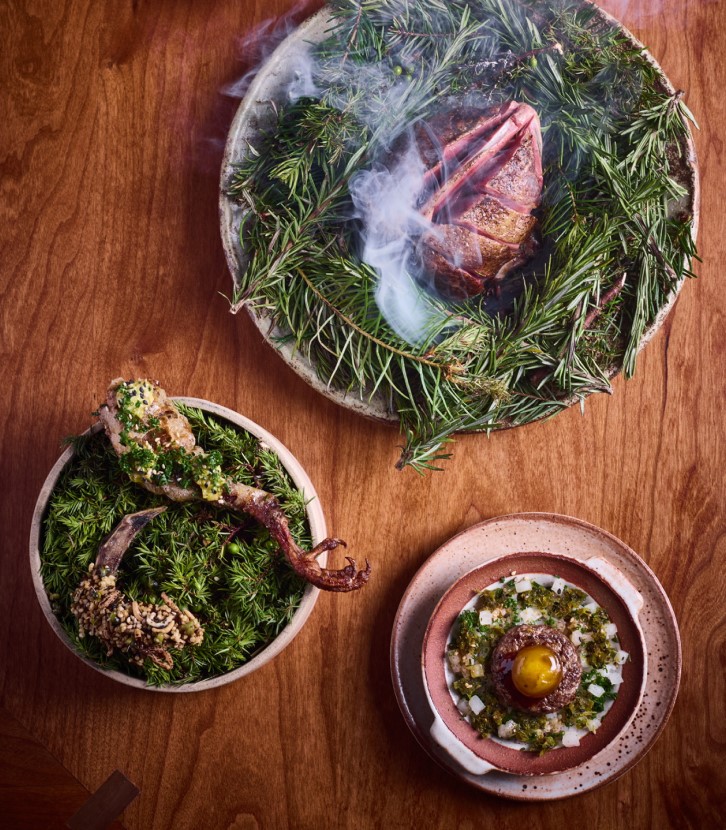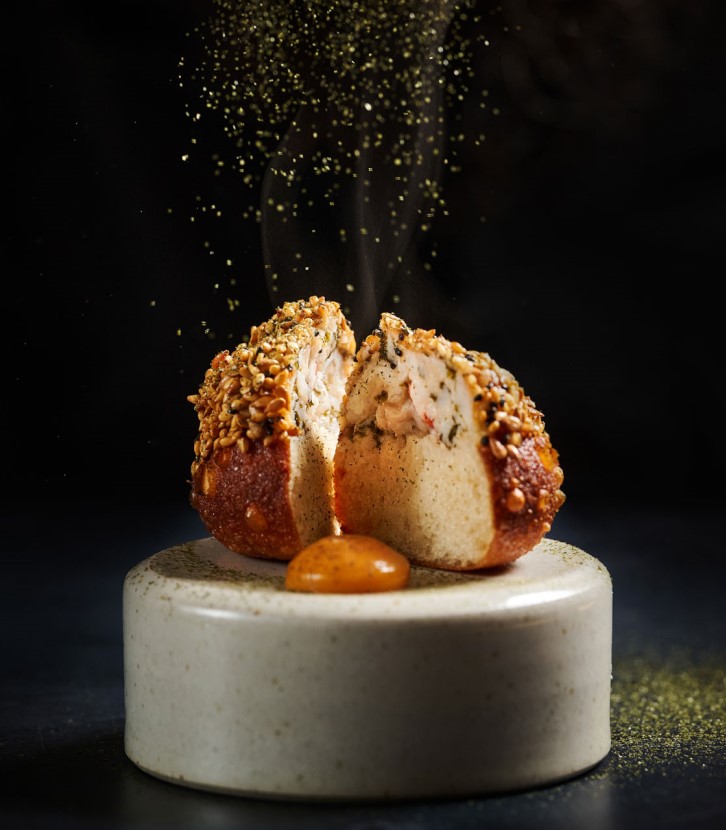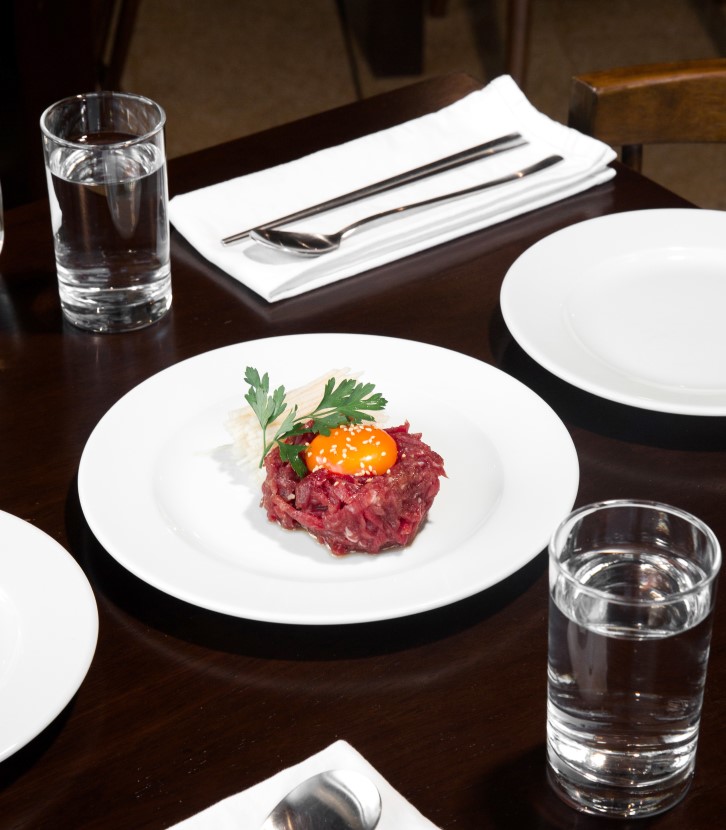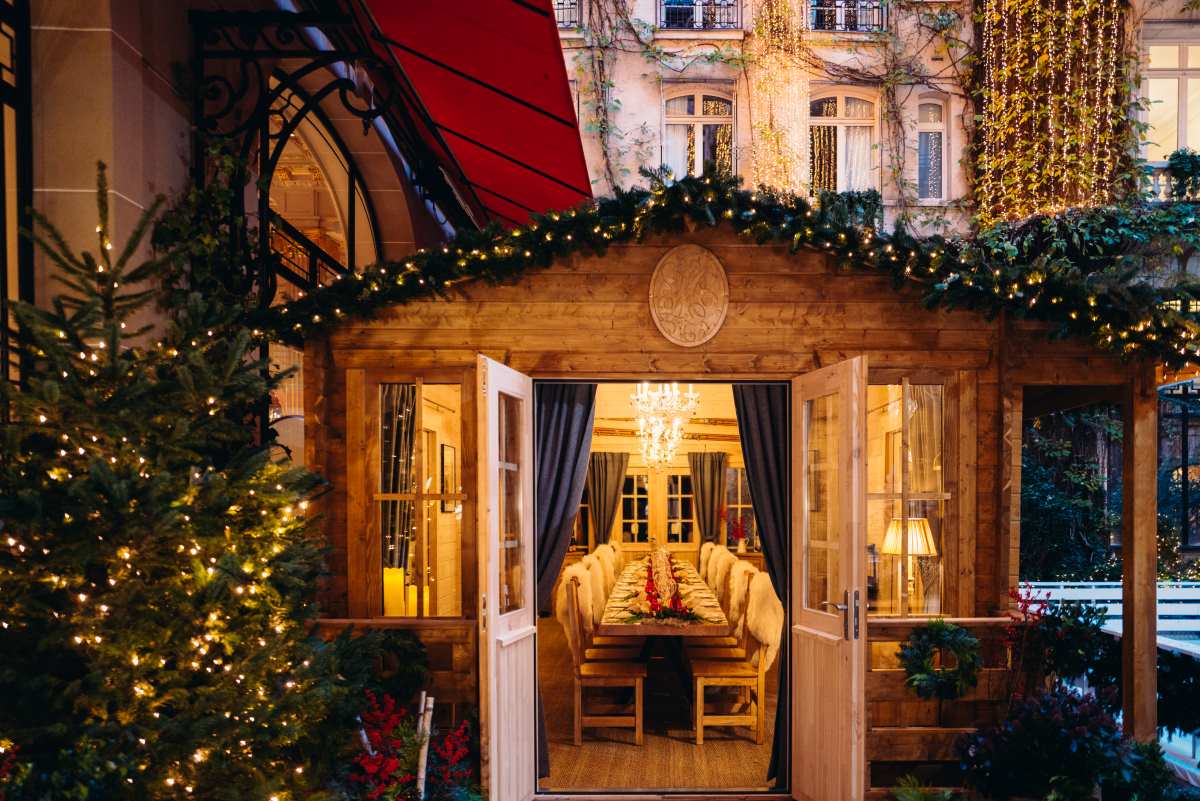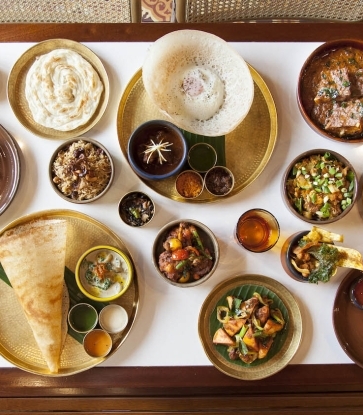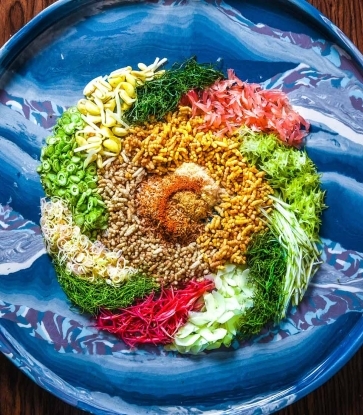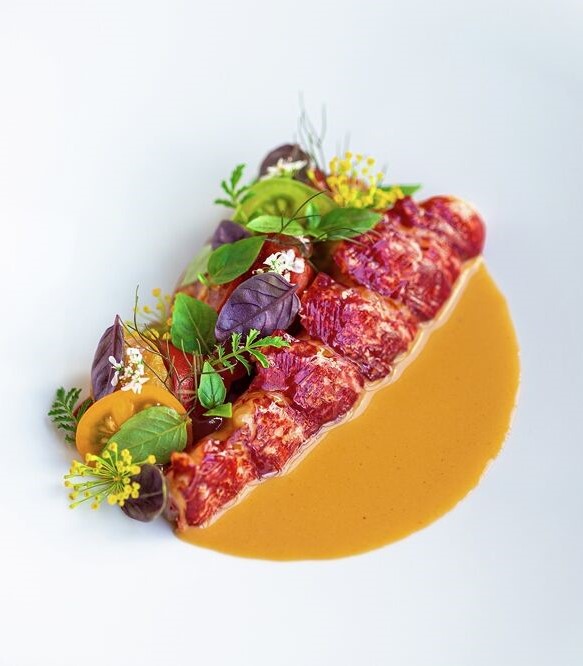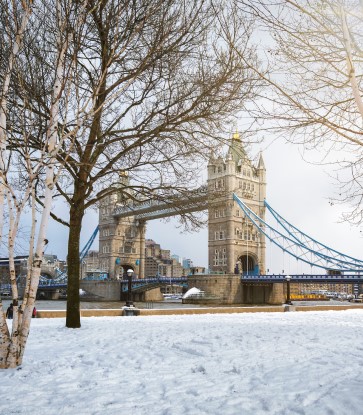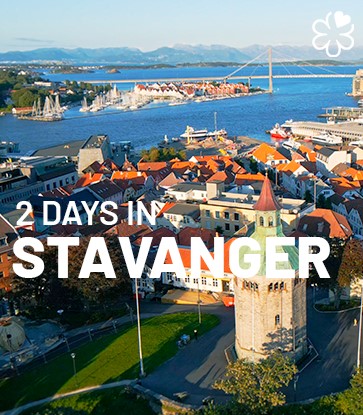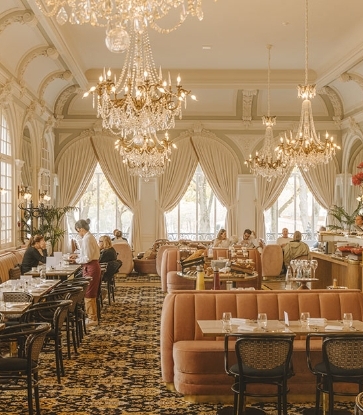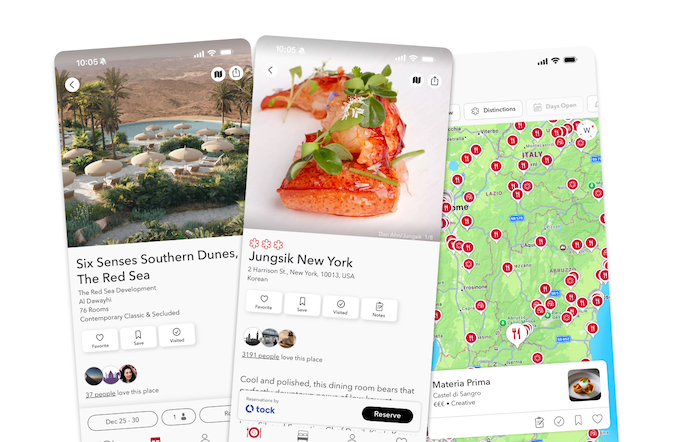In 1995, it might not have been immediately obvious that The Fat Duck would become one of the most lauded and influential restaurants in British history. After all, it was just an old village pub that had been takeover by some unknown young chef called Heston Blumenthal. And yet, over the next few years, that chef would turn his restaurant into a gourmet landmark, a bucket list item for food lovers everywhere. 30 years on and The Fat Duck is synonymous with creativity, imagination and downright deliciousness.
To celebrate three decades of culinary ecstasy and experimentation at this revolutionary, yet sometimes misunderstood, restaurant, we wanted to delve deeper into its history, its inner workings and the impact it’s had on British gastronomy. For that, we turned to Heston Blumenthal himself, the creative force behind it all, along with one of our most experienced MICHELIN Guide Inspectors, who has been visiting The Fat Duck since it opened. Together, they paint a picture of a truly special restaurant.
Heston Blumenthal on How He Dreamt Up an Icon
What's the secret to coming up with outlandish ideas that raise eyebrows but still taste delicious?
It’s often thought that my cooking is about seeking out the strange and unusual but that’s not in fact the case. Something will inspire me – maybe a shared flavour, maybe the untapped possibilities of an ingredient – and I’ll start to explore. But that exploration is built on sound culinary logic and so, while there might be development stumbles or even dead ends, it always has the potential to be delicious. ‘White Chocolate & Caviar’ grew out of simply thinking about how salt brings out the flavour of sweet dishes as well as savoury.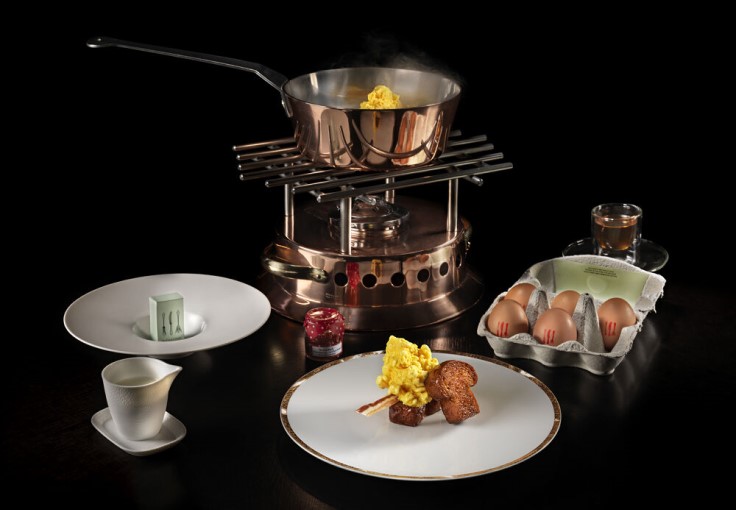
Why are you bringing back an à la carte menu for the first time in 20 years?
A great restaurant has to stay true to its beliefs, but it also has to keep evolving. I think diners’ habits are changing. When we first served a tasting menu, very few British restaurants were doing it, and at the time it was really the only way to serve some of the dishes I had created, such as ‘Beetroot & Orange Jellies’, which was just two tiny mouthfuls (but with a big impact). Now the British restaurant-going public are much more familiar with innovation and experimentation, so there’s more freedom with the menu format.And there are lots of Fat Duck dishes that have become classics but didn’t fit easily into the tasting menu, and I wanted to give people the opportunity to discover things they’d perhaps only read about. Ultimately, I’ve always wanted as many people as possible to experience The Fat Duck, particularly during this special anniversary year. À la carte offers a great way to do that.
We hear you will soon be offering diners the chance to eat their menu in reverse, starting with the dessert. What's the thinking behind this?
At The Fat Duck, the 16th October and 13th November are now Topsy Turvy Thursdays.My motto is ‘Question Everything’ and my creativity is based on exploring every possibility, particularly when it comes to food – no matter how outlandish it might at first seem. Looking at things from a different perspective is a great way to discover new things: about food, about the world, even about yourself. The order in which we eat a meal is so ingrained we just accept it, and I began to wonder what might happen if I played around with that preconception.
I’ve eaten in reverse not just in The Fat Duck but in many restaurants and the experience is always incredibly refreshing – for the mind and the body. For me it’s less heavy on the gut and the flavours impact in a whole new way. So, I wanted to give other people the opportunity to explore this too. As a kid I always wanted to have my dessert first, and the Topsy Turvy menu means you can do exactly that.
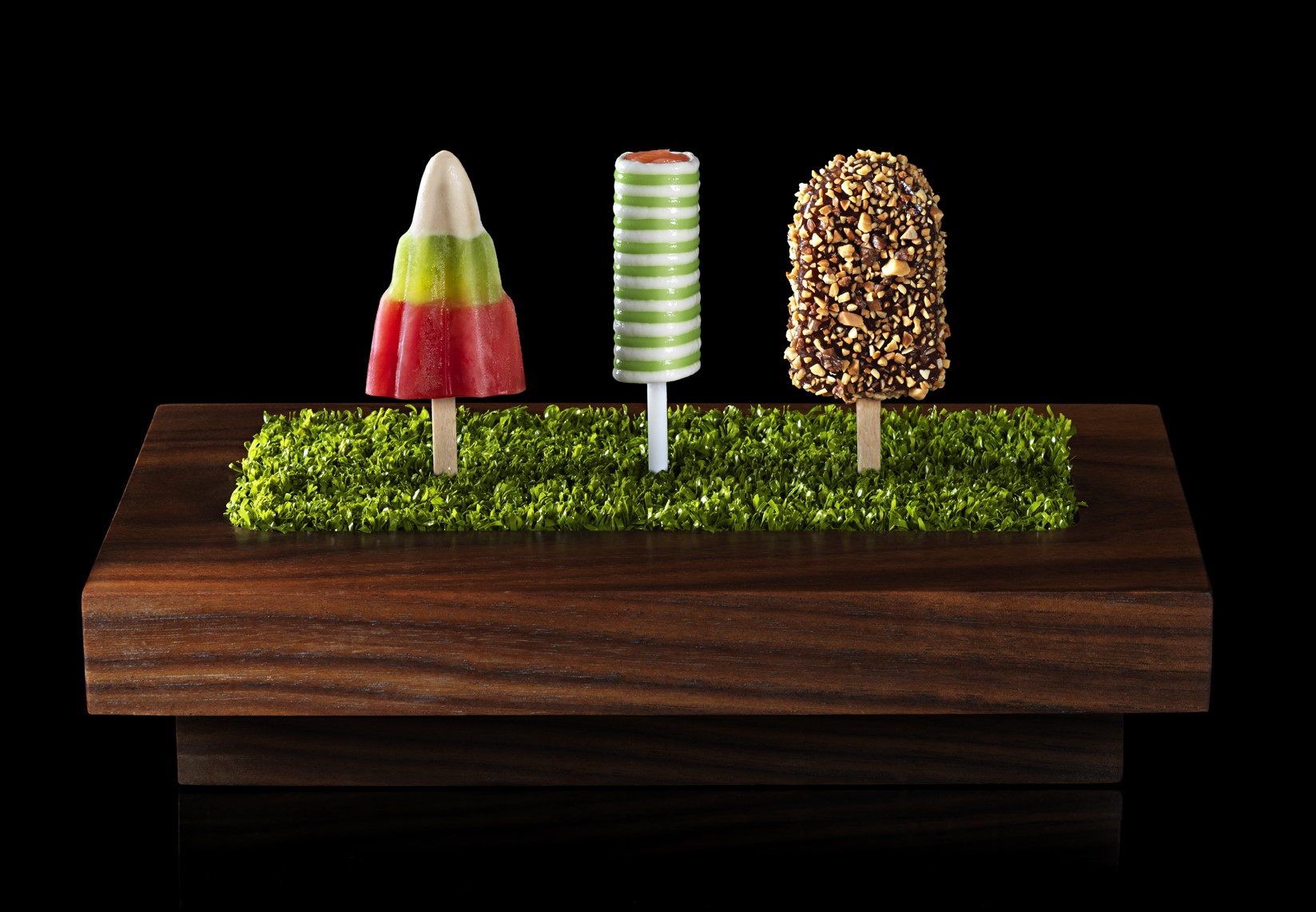
When did you know you wanted to make The Fat Duck different from 99% of other restaurants out there?
I never set out to do that. I’m just unstoppably curious about everything about food – ingredients, techniques, the science, the history, the multisensory-ness, the emotions it evokes, the way it connects everybody together. It comes back to 'Question Everything'. That’s what I do – and it seems to take me on some strange and interesting journeys where I make discoveries that I can’t wait to share.Two of your tentpoles are creating an overall sensory experience and tying food to memories. Can you tell us why these two ideas are so important to you?
When I was 16, I visited a Three-Michelin-Star restaurant – L’Oustau de Baumanière – and was inspired to become a chef. Inspired not just by the incredible cooking but also the whole sensory impact of the place: the cicadas buzzing, the scent of lavender in the air. I think I realised even then, at some deep level, that great cooking involves an appeal to all of the senses, and I’ve been developing what I call ‘multisensory gastronomy’ ever since.The other thing I’ve realised through 30 years of cooking at The Fat Duck is that our perception of flavour is hugely influenced by all sorts of factors: our mood, the context, the font on a menu, even the name of a dish. The most delicious dishes are the ones that appeal to our emotions, evoke associations, trigger nostalgia. A dish like ‘Sound of the Sea’ (which looks and tastes of the shoreline, and sounds like it too, via headphones) often transports people into their memories of a beautiful beach and sometimes they have tears of joy in their eyes. That’s the power of gastronomy and memory when they come together, and it’s wonderful. Ultimately, I’m in the business of emotion, I just happen to express it through cooking.
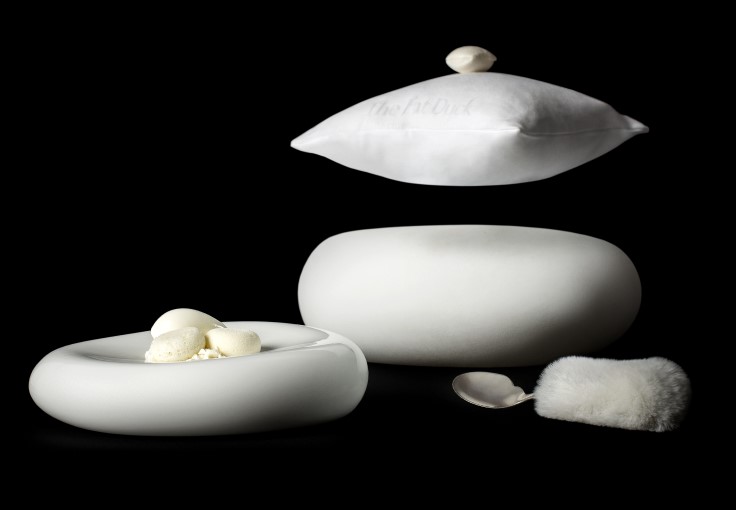
If you had to pick one three-course meal from the last 30 years of Fat Duck dishes, what would you personally want to eat?
The Fat Duck is, essentially, my taste buds. Every dish has been tested and tasted, over and over. So, to be honest, I’d be happy with any of them. But maybe I’d start with a ‘Nitro-Poached Apéritif’ since it was specifically designed to cleanse the palate beautifully for what’s to follow. Pop the little meringue in your mouth and it instantly disappears, leaving you feeling refreshed.‘Sound of the Sea’ would probably have to be in there, as it was the first truly multisensory dish. And possibly ‘Mock Turtle Soup’ since it encapsulates so many aspects of my cooking: the constant inspiration of Alice’s Adventures in Wonderland, my interest in historical gastronomy, the playfulness and surrealism of dipping what looks like a pocket watch in a teapot to create a swirling golden broth.
And I’d have to finish with ‘Like a Kid in a Sweetshop’ because that’s how the tasting menu ends, with a selection of wonderful sweets – an edible playing card perhaps, an aerated chocolate, a flavour-flipping pastille or two. And it sums up exactly the feelings of excitement and openness and anticipation that I want every guest to experience at The Fat Duck. Like a kid in a sweetshop.
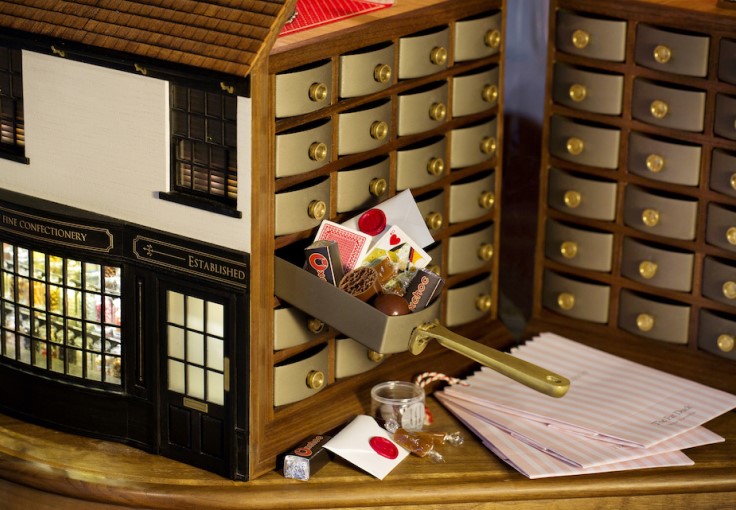
A MICHELIN Guide Inspector’s Memories of The Fat Duck
When was your first visit to The Fat Duck and what was it like?
I first went right at the start of it all, within a couple of months of opening, and I remember it quite clearly. There had already been quite a lot of talk about it in the press, because although it was a very simple converted pub, it was in the middle of Bray, home of the legendary Waterside Inn. Being a young, self-taught chef, Heston Blumenthal seemed like this enthusiastic young punk who’d come from nowhere and rocked up on the doorstep of one of the country’s greatest restaurants.The meal itself was nothing like The Fat Duck of today. It was essentially an interpretation of traditional dishes you may have seen in many a pub – steak & chips and the like – but the underlying quality was clear even then. Heston had clear talent but his signature approach to food wasn’t immediately obvious – although the germ of his scientific leanings could be seen in the triple-cooked chips that would help make him famous, where a molecular approach to the humble chip resulted in a miraculously tasty end result.
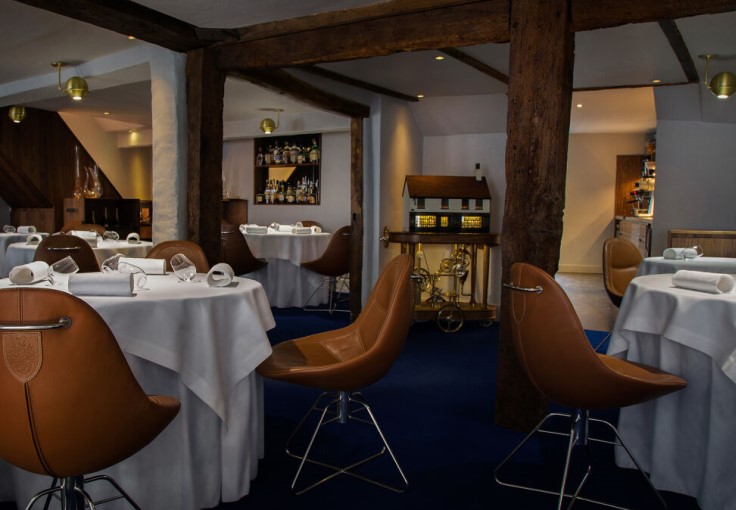
So when did it become The Fat Duck we know today, full of invention and outlandish creativity?
It was a gradual process, not overnight. The second time I went I had jambonneau of duck with green coffee sauce and pommes purée, which was absolutely superb – one of the most memorable dishes of my long career as an Inspector. Along with his triple-cooked chips, this was one of the early-years dishes that demonstrated Heston’s desire to challenge the norms and chemistry of cooking.In the following years, the cooking developed rapidly, with an increasing amount of invention being brought in and the menu resembling The Fat Duck most people know by the time it won its third MICHELIN Star in 2004.
Heston's boundary-pushing innovation has often been imitated but never bettered. Why do you think The Fat Duck remains at the pinnacle of this kind of cooking?
Part of the answer is that Heston’s cooking has never been and still isn’t quite as ‘wacky’ as some people think. It's provocative, exciting, innovative and different, but it's never outlandish for the sake of it – everything serves a purpose on the plate. Ultimately, he is a chef with a natural genius and a magnificent palate that make his cooking near-impossible to imitate.Every eyebrow-raising dish has been thought through and refined a hundred times, so that it works perfectly in spite of its oddity – it doesn’t succeed simply because it’s odd. The evidence of this is in the decade of ill-advised dishes I ate in other restaurants thanks to Heston’s inventions. Savoury ice creams in particular were everywhere for a while, but quite a lot of them weren’t at all enjoyable – and none came close to the balance and harmony of Heston’s crab and passion fruit concoction.
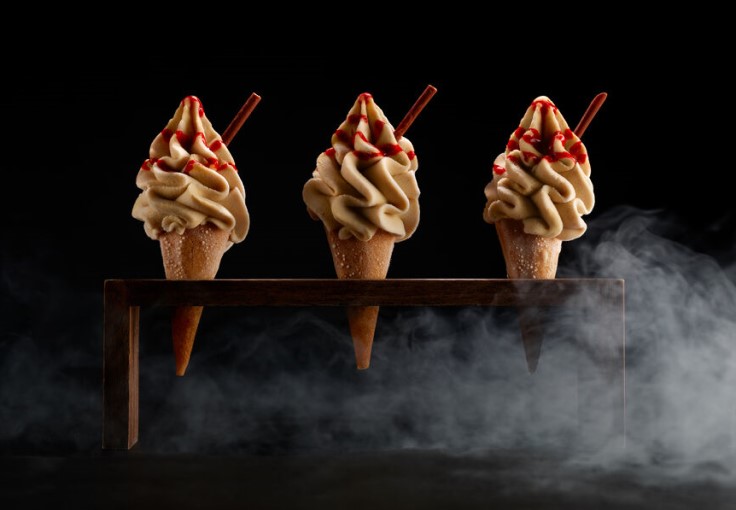
How has The Fat Duck influenced the British restaurant industry over the last 30 years?
Other than (for better or worse) the trend towards risky combinations and flavours that followed The Fat Duck’s success, I would say that the average British restaurant is a lot more immersive than it used to be. The Fat Duck is known for the theatrical aspect of the experience, the sensory elements and eye-catching presentation of the dishes. You see far more theatre in restaurants than you used to, and The Fat Duck likely helped to start that trend.And I don’t remember ever seeing liquid nitrogen used in restaurants before Heston got hold of it!
How has The Fat Duck managed to remain relevant over the last 30 years?
The fact it’s a unique experience and so consistently excellent means that food lovers all over the world have heard of The Fat Duck; therefore, it’s on so many bucket lists that there will always be new people coming for their first experience.But what’s far more impressive is its continued appeal for the repeat visitors, people like me who have been many times over the 30 years. Heston Blumenthal is not a chef who stands still. He’s never satisfied with his creations and is constantly refining them and tweaking the experiences. The famous ‘Sound of the Sea’ for instance – where guests wear headphones playing the sounds of the seaside as they eat – has evolved as a dish and an experience, and the latest version I ate was a real knockout.
The best thing I can say is that every time I visit, there’s always something new that surprises and delights me.
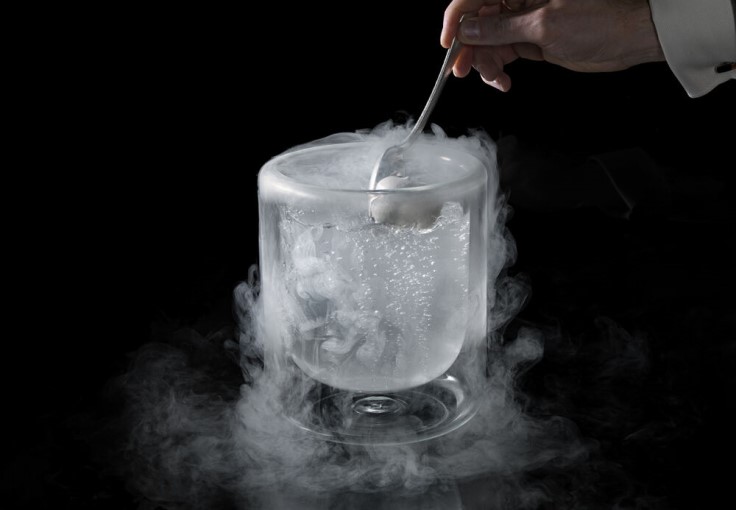
Do you have a favourite dish or memory from The Fat Duck?
The aforementioned jambonneau of duck from the early days is still one of my favourites. So too is Heston’s take on the Black Forest gateau: a dish of such precision and refinement, yet still delivering the same core flavours that I loved as a child. It’s a prime example of his cooking’s fascination with nostalgia, delicious proof of his theory that food and memories go hand in hand.If you need further evidence, there’s always ‘Like a Kid in a Sweet Shop’, where a classic pink-and-white striped bag takes you back to the old days of pick ‘n’ mix – only this time it’s filled with sweet treats of ingenious craft. It's a dish that’s instantly recognisable as Heston’s, and a testament to everything I and the food-loving public continue to adore about The Fat Duck.
Related Articles:
Hero Image: A dish from Heston Blumenthal’s The Fat Duck, which celebrates its 30th anniversary this year. © Fat Duck



